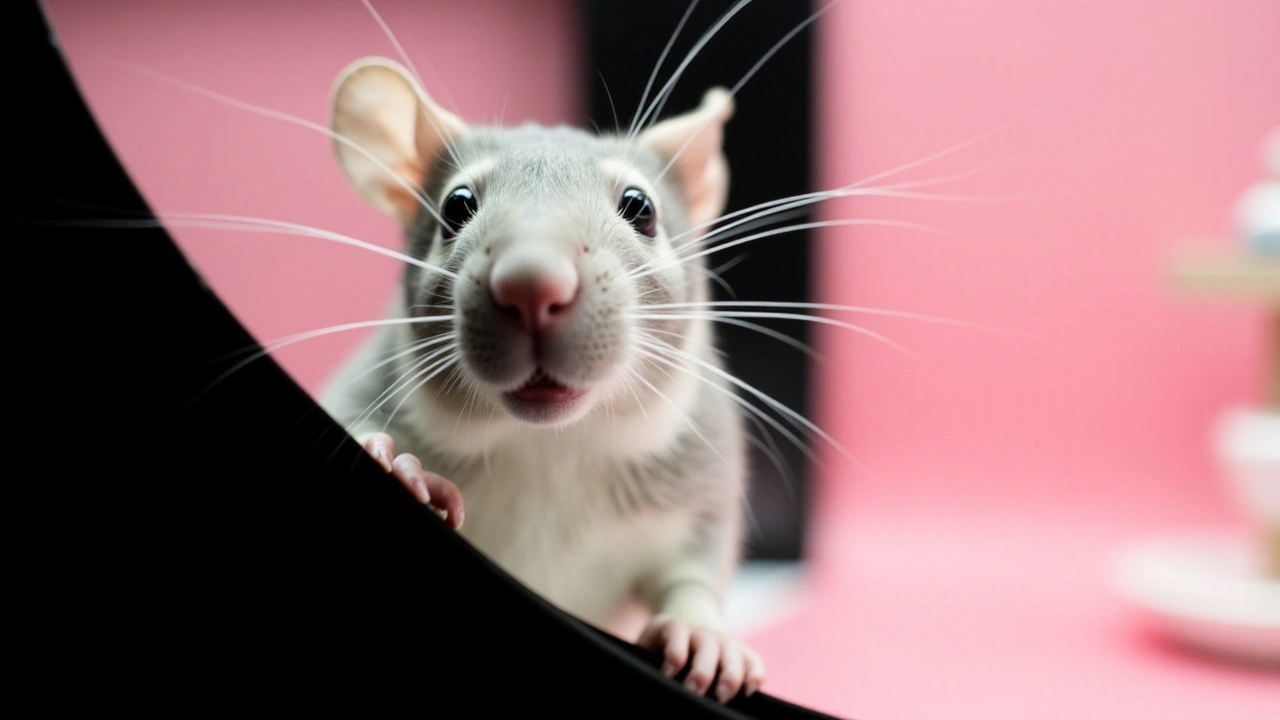Airline catering: how in-flight meals are made and what you should know
Ever wondered how that tray of food appears at 35,000 feet? Airline catering covers everything from menu planning to loading meals onto planes. It’s not magic — it’s tight timing, strict safety checks, and lots of coordination between airports, caterers and the airline.
How airline meals are prepared and stored
Most meals are prepared in airport kitchens or central catering hubs by companies working with airlines. Chefs cook, then meals are chilled, packed, and labelled. Airlines use two main approaches: chilled meals that are reheated on board, or frozen meals that get heated later. Temperature control matters — food is kept in safe ranges and tracked with logs and sensors. Catering teams follow food-safety plans like HACCP to prevent contamination and track allergens.
Loading is a precise operation. Catering trucks bring food to the aircraft, staff transfer trays to service trolleys, and cabin crew serve passengers according to a set timing. For long-haul business and first class, food is often plated and finished in galley ovens or warmed carts. Economy meals are usually pre-plated, sealed, and reheated for speed.
What passengers can do — simple, practical tips
Want better odds of a meal you like? Pre-order a specific meal type. Airlines usually let you request special meals (vegetarian, halal, gluten-free, etc.) up to 24–48 hours before departure. Follow the airline’s instructions exactly — a request logged in the system is what cabin crew rely on.
If you have food allergies, call the airline and ask about their procedures. Pack your own safe snacks and any medication. Don’t rely solely on “allergy-friendly” labels; cross-contamination can still happen, so a backup is wise.
On short or low-cost flights, expect buy-on-board options instead of free meals. If you prefer a hot meal, pick long-haul or full-service carriers when possible. Business and first-class meals are fresher and often include regional or seasonal dishes because they’re plated and finished by staff in the galley.
Sustainability is changing catering. Many airlines now offer plant-based dishes, source local ingredients, or cut single-use plastics. If that matters to you, check an airline’s catering or sustainability page before booking.
Finally, be realistic about timing. Meal service on crowded flights can be delayed. If you have medical needs or strict schedules, bring a packed meal or ask cabin crew early — they usually help where they can.
Airline catering is a careful chain from kitchen to tray. Knowing how it works helps you make smarter choices, avoid surprises, and travel more comfortably.
Emergency Landing in Oslo After Live Mouse Found in In-Flight Meal: Raising Concerns Over Airline Catering Safety
A flight from Oslo faced an unexpected emergency landing when a passenger discovered a live mouse in her in-flight meal. The incident had the crew divert the aircraft to the nearest airport, raising crucial issues around airline catering standards and passenger safety.
